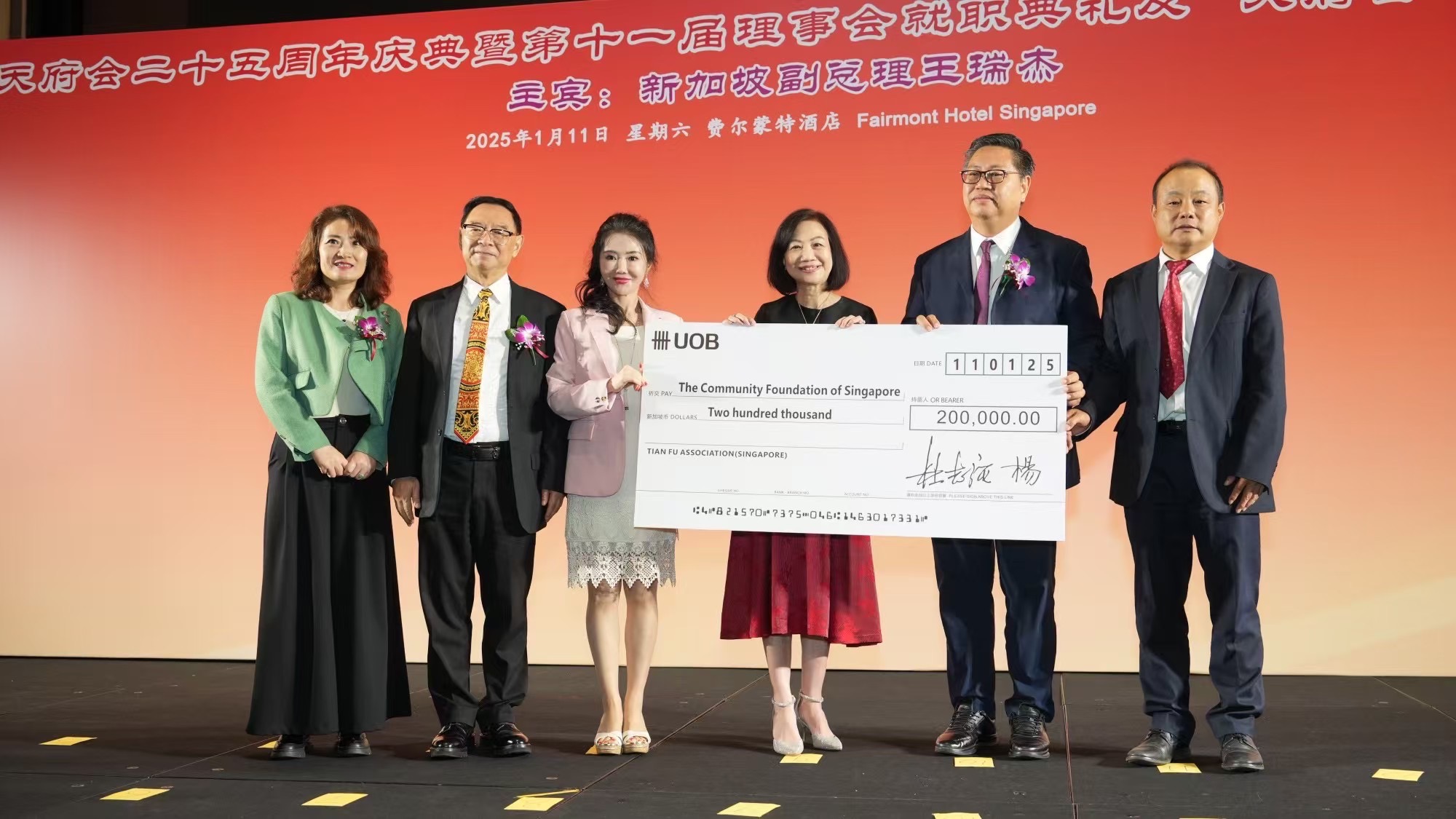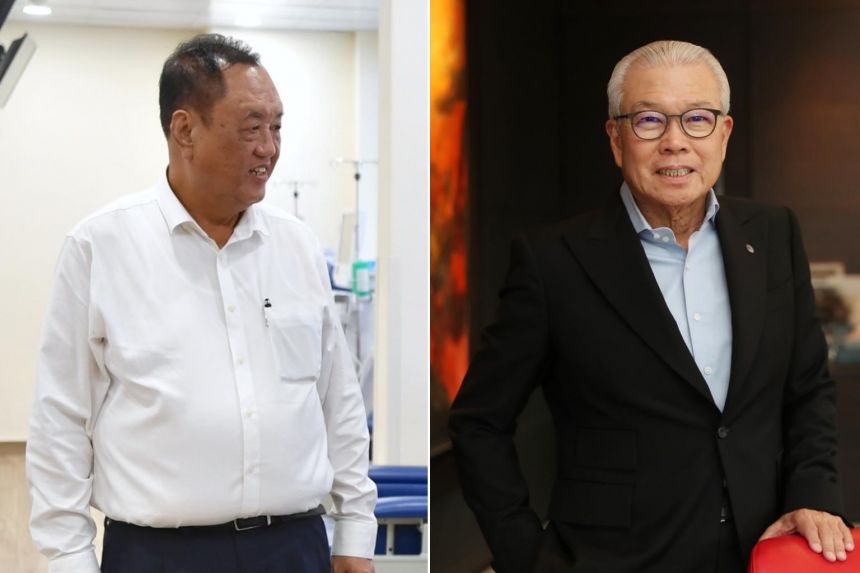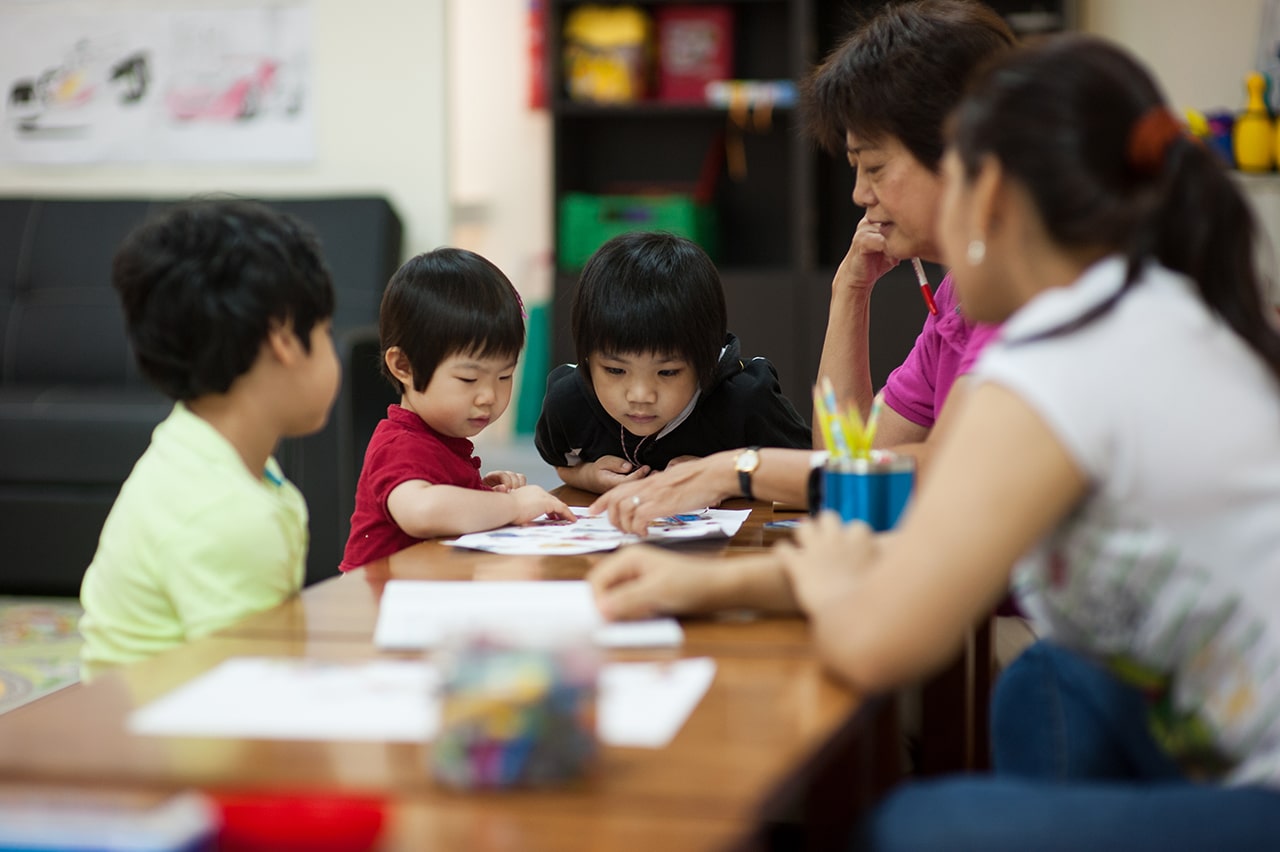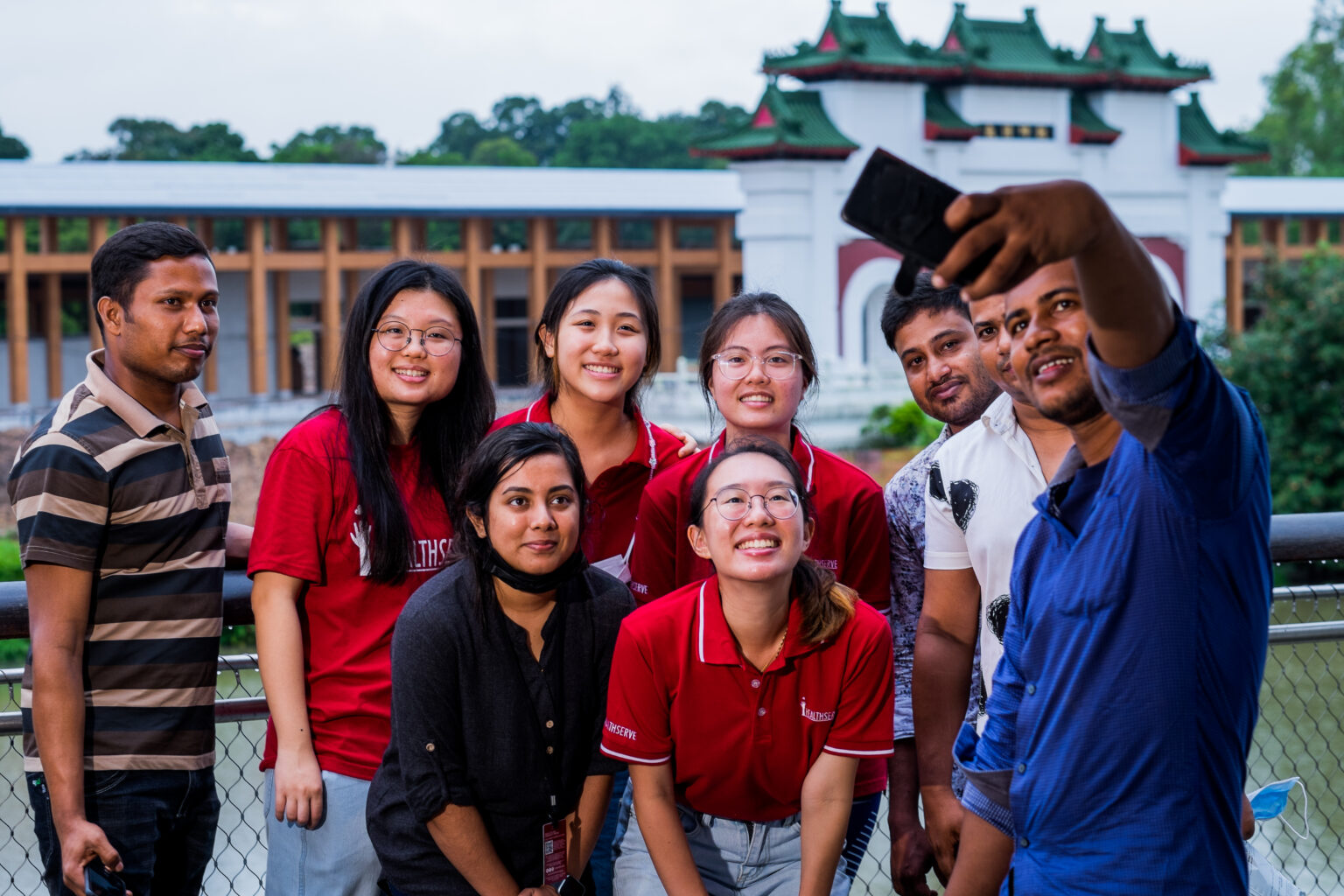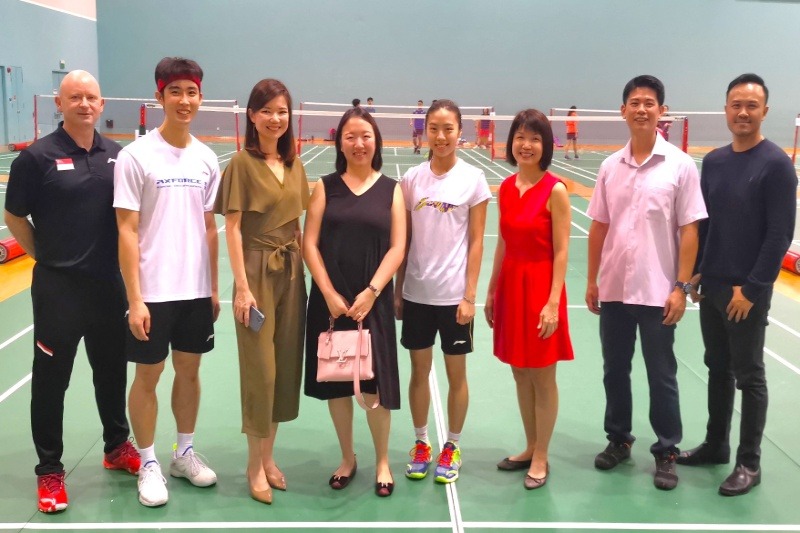Stories Of Impact
Home » Donors » Stories Of Impact » Apex Harmony Lodge – Empowering dementia patients to live well
Apex Harmony Lodge – Empowering dementia patients to live well

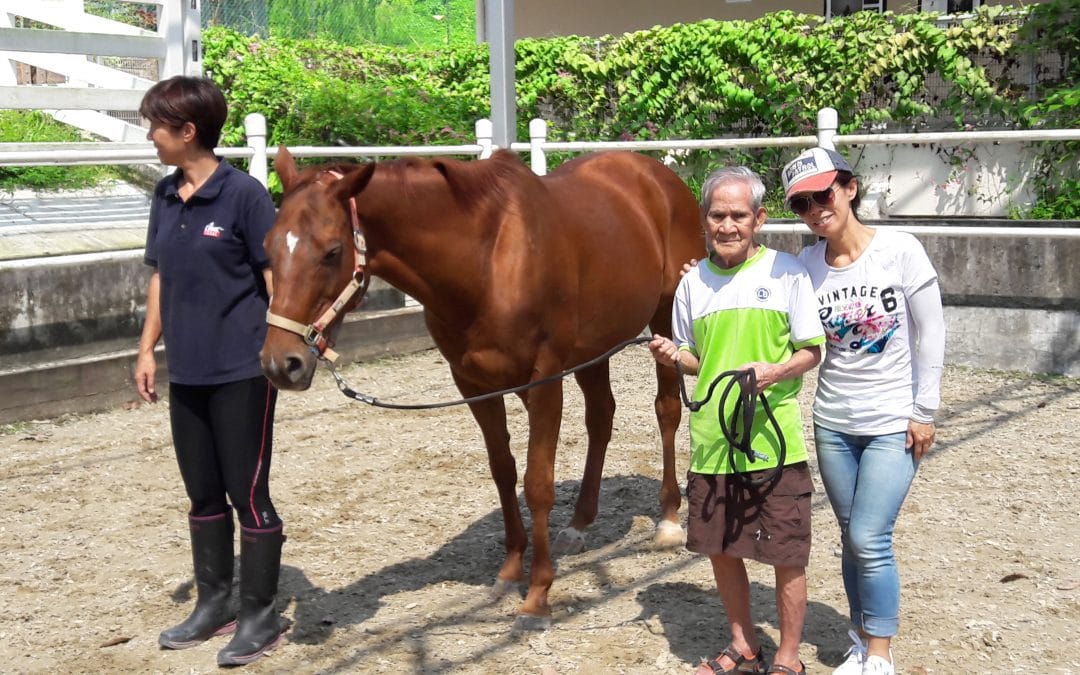
Is dementia an inevitable part of ageing? Can nothing can be done to change its course?
Dementia patients are oft-times negatively perceived as ‘senile’ or ‘confused’, with little measures taken to empower patients to maintain an active mind. If their symptoms are ‘generalised’, this may lead to care that negates the patient’s individualised needs.
As Singapore’s first purpose-built lodge for dementia patients, Apex Harmony Lodge (AHL) views each patient as someone who is ‘beyond their condition’, and who can be empowered to live with dignity and well-being, explains Mahathir Rahim, former Community Engagement Executive at AHL.
Informed by the latest medical research as well as Person-Centred-Care (PCC) models of dementia care, each resident at AHL receives an individualised care plan, recognising their specific stage of dementia, background and personal interests.
This approach is especially relevant for patients with mild to moderate dementia, who comprise almost 70% of AHL’s 180 residents. For around 60 patients who are still mobile, they exhibit greater psychosocial needs, including maintaining identity, autonomy and socialisation.
Forming a key part of AHL’s care plan is a curated programme of activities that not only keeps patients engaged and happy, but also helps maintain brain plasticity for patients with Alzheimer’s Disease, a key finding in recent neuroscience research.
Tapping into two donor funds via the Community Foundation of Singapore (CFS), AHL has been able to scale its programmes to benefit more residents and sustain engagement levels in recent years. The funding has also helped AHL diversify its programmes to cater to the niche needs of its residents.
Take for instance AHL’s ‘Ignite My Life’ programme: its variety of recreational and learning activities are tailored to the abilities and interests of residents, enabling them to live well. This includes equine-assisted therapy, where residents who display an affinity for animals get to interact with rescued horses. The initiative has benefited more than 20 residents so far, who delight in bonding with the horses. For residents who enjoy cooking, a baking programme enables them to take part in monthly sessions, whipping up a spread shared with fellow residents. This helps to boost their self esteem as they learn to create something on their own and share their successes with others.
AHL has also tapped into CFS’s Outing for Seniors Community Impact Fund to expand its number of outings to local museums, Gardens by the Bay and even on Duck Tours, greatly benefiting a pool of residents who are immobile. Such outings often require significant manpower, with each resident assisted by one volunteer or staff. Getting funding support has helped AHL to manage the significant transportation and food costs incurred, thereby bringing outings to more of its residents.
AHL’s efforts to offer personalised programmes for dementia patients has been recognised by not just the residents, but also their families. “The families are very impressed by the unique programmes we provide, especially for patients who aren’t able to move on their own,” expresses Mahathir.
Bryan Lim, AHL’s current Community Engagement Executive, adds, “At the end of the day, it’s about honouring the human being and helping retain one’s dignity. Instead of telling a patient what he can or cannot do, we give them a chance to explore their capabilities.”
Photos: Apex Harmony Lodge
- Related Topics For You: AGEING WELL, CHARITY STORIES, COMMUNITY IMPACT FUND, DONOR STORIES, DONOR-ADVISED FUND, LEAVING WITH DIGNITY, MENTAL WELLBEING, OUTING FOR SENIORS, SENIORS, STORIES OF IMPACT
Trending Stories


Karim Family Foundation: Donor-Advised Fund Raises $200,000 to Support Local Sports Champion Loh Kean Yew
Karim Family Foundation: Donor-Advised Fund Raises $200,000 to Support Local Sports Champion Loh Kean Yew
In December 2021, 24-year-old Loh Kean Yew became the first Singaporean to win the Badminton...


‘I thought I couldn’t go through any more of it’: Cancer patient gets help after insurer says ‘no’ to $33k bill
‘I thought I couldn’t go through any more of it’: Cancer patient gets help after insurer says ‘no’ to $33k bill
Good Samaritans have stepped forward to help a cancer patient, who hopes to spend more...

